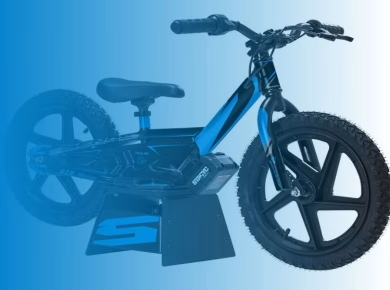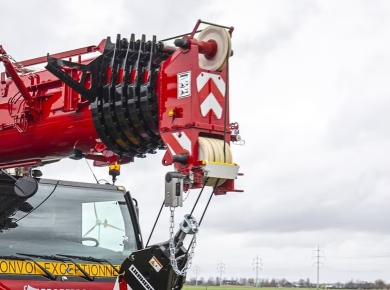There’s a moment on every job site that makes your heart race: you’re up high, the wind is gusting, and you glance down at the ground far below. In those seconds, the importance of personal fall arrest systems (PFAS) becomes painfully clear. I’ve seen firsthand how critical it is to properly use and maintain these systems, and how a simple five-second check can make the difference between a safe day at work and a life-changing accident. It’s not just about compliance; it’s about ensuring everyone goes home safe at the end of the day.
Understanding Personal Fall Arrest Systems
Personal fall arrest systems are designed to protect workers from falls, which are among the leading causes of serious injuries and fatalities in the construction industry. At their core, these systems consist of three main components: the anchorage, the body harness, and the connecting devices. Each part plays a vital role in ensuring safety, and knowing how they work together is crucial.
The Anatomy of a Fall Arrest System
A solid understanding of how PFAS functions is essential. The anchorage point, for instance, must be capable of supporting at least 5,000 pounds per person attached. It’s not just about choosing a sturdy beam; it’s about assessing the entire structure. The body harness should fit snugly and comfortably, allowing for movement while still providing support. Connecting devices, like lanyards and shock absorbers, are what absorb the force of a fall.
In my early days on the job, I witnessed a colleague suffer a preventable accident due to a faulty harness. It was a stark reminder that every piece of equipment must be regularly inspected and maintained.
Implementing a Five-Second Check
A five-second check can be a lifesaver. Make it a habit before each use, and encourage your team to do the same. This quick assessment can help identify obvious issues before they lead to dangerous situations.
Inspecting the Harness
Start with the harness. Look for frayed straps, broken buckles, and signs of wear. In the hustle of the job, it’s easy to overlook the small details, but taking that moment to evaluate your gear can prevent a tragedy. Each time I inspect a harness, I remember that it’s not just a piece of equipment; it’s a lifeline.
Checking the Connectors
Next, move to the connectors. Carabiners and snap hooks need to be free of rust and functioning properly. A stuck or damaged connector can spell disaster. A quick flick of the latch should give you confidence that it’s in good working order.
The Importance of Training and Awareness
Training isn’t just a box to check off; it’s an ongoing commitment to safety. Regular training sessions should reinforce the importance of PFAS and the five-second check. It’s beneficial to incorporate real-life scenarios into training to keep the information relevant and engaging.
Creating a Culture of Safety
Developing a culture of safety on site means that everyone feels responsible for their safety and the safety of their teammates. Encourage open communication about safety concerns, and make it easy for workers to report issues without fear of repercussions.
In one instance, a team member noticed that the anchorage point on a scaffold was questionable. Instead of brushing it off, we investigated, and it turned out to be a serious hazard. That’s the kind of proactive approach that can save lives.
Regular Maintenance and Compliance
Compliance with safety regulations isn’t just about avoiding fines; it’s about protecting lives. Regular maintenance and inspections should be scheduled, and records should be kept meticulously.
Documenting Inspections
Documentation is critical. Keep a log of all inspections and maintenance performed on PFAS equipment. This not only helps with compliance but also allows you to track wear over time and anticipate replacements before they become urgent.
In my experience, consistent documentation has saved us from using compromised equipment. It’s easy to forget when a harness was last inspected, but a well-maintained log can provide clarity and accountability.
Building Resilience in Teams
Safety isn’t just about rules and equipment; it’s about the people who work with them. Building resilience in your team means fostering an environment where everyone feels empowered to prioritize safety.
Encouraging Peer Checks
Implement peer checks. Encourage team members to inspect each other’s harnesses and equipment before climbing. This not only reinforces safety culture but also builds camaraderie. When team members feel responsible for each other’s safety, it fosters a sense of community and shared purpose.
Just last week, during a routine job, a colleague noticed that I had forgotten to double-check my lanyard. We laughed it off, but it was a reminder that safety is a collective effort.
Conclusion
Personal fall arrest systems are crucial for safety in high-risk work environments. The simple act of performing a five-second check can save lives and prevent devastating accidents. By fostering a culture of safety, investing in training, and encouraging open communication, we can ensure that every worker feels responsible for their own safety and the safety of their teammates. As professionals in the construction and safety industries, it’s our duty to prioritize these practices, not just for compliance, but for the well-being of everyone on the job site. Let’s commit to making safety a habit—because every second counts.


